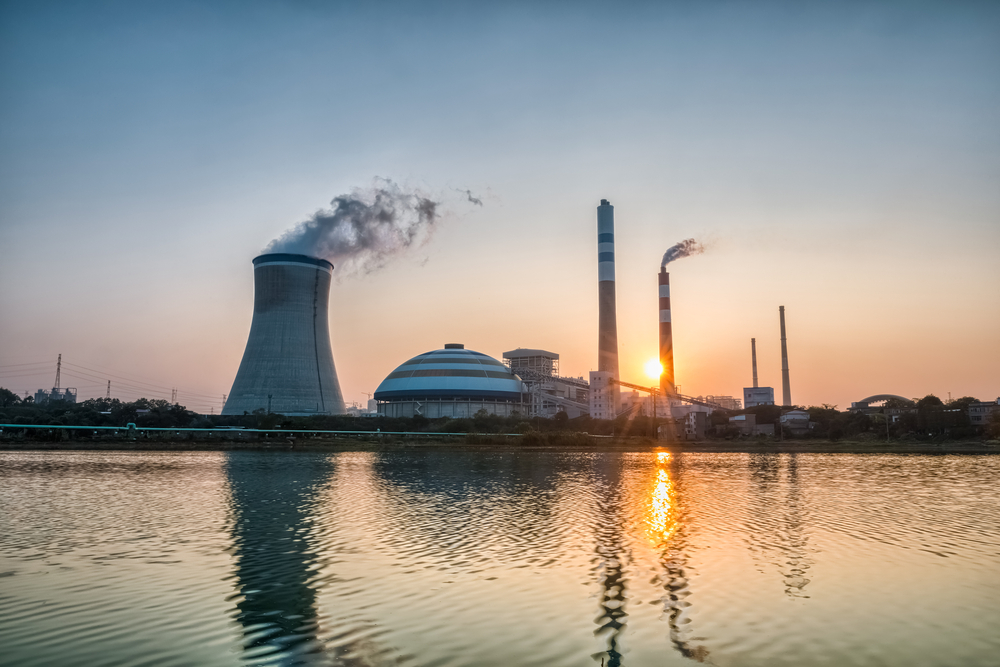Comment: How coal overcapacity is pitting coal against renewables in China’s grid

When China published its 2014 electricity statistics back in February, we warned that the build-up of new coal-fired in China was a “bubble waiting to burst”. The past six months have made the problem even more apparent.
China’s state-owned power companies have continued adding new coal-fired power plants to the grid at a feverish pace, even as demand for power generation from coal declines.
During the first half of 2015, 23.4GW of thermal power plants were brought online [data in Chinese], while thermal power generation fell 3.2%. As a result, capacity utilization at thermal power plants fell further from the all-time low reached last year, now dropping just below 50%.
“So the old factoid about China adding one coal plant per week deserves to be updated — China is now adding one IDLE coal power plant per week.”
Most of China’s new thermal capacity is coal, with gas and biomass representing up to a quarter.
Coal is given priority
Unfortunately, looking at the volume of new applications for permits to start construction, the pace of new coal plant construction shows little sign of letting up. Half a year ago, we also warned about an worsening conflict between coal-fired power plants and variable renewable energy.
Coal-fired capacity expansion in China is largely driven by an outdated market design that ‘guarantees’ each power plant a certain amount of operating hours. The system creates false investment security in an overcapacity situation, and has led to the absurd outcome that grid operators are failing to feed in electricity from wind and solar power plants to the grid in order to give coal-fired power plants their promised operating hours and revenue.
As coal power overcapacity has worsened rapidly in the past year, wind and solar power wastage rates have shot up to 15% — even as many analysts expected electricity market reforms to have the opposite effect.

Furthermore, the regulators are now seeking to make the system more market-oriented by granting more hours to power plants with higher efficiency. This makes sense in principle as it reduces the coal consumption and air pollution emissions of coal-fired power generation, but at the same time it increases the perverse incentive to build new coal power plants.
The bubble is bursting
The incumbent coal power companies and the renewable energy industry seem to be clashing over who is to blame. In July, the General Secretary of China Wind Energy Association wrote an exceptionally frank piece, placing the blame for increasing wind and solar wastage squarely on excessive thermal power permitting and development [in Chinese].
And China’s electricity industry implicitly admitted the bubble this week in a weighty policy paper [in Chinese] which it called for “rational control of new power project initiations”.
The shift in language, coming as China’s new five-year plan is being prepared, is significant.
Traditionally five-year plans have set capacity expansion targets to ensure there is enough thermal power to meet demand. The power industry lobby, however, has also sought to place part of the blame for renewable energy wastage on ‘uncoordinated’ development of these power sources.
There is nothing new about thermal power industry blaming grid and renewable energy for ‘wasted wind’ — they have always pointed the finger at ‘technical constraints’ in the grid. But solid research indicates that technical bottlenecks can only account for less than half of the wastage, with the rest ‘administrative wastage’ as regulators fail to require coal power plants to reduce output to make way for wind power in the grid.
The conflict between renewable energy and coal industries is not surprising — after all, the reason to pursue rapid renewable energy development is to reduce coal use as fast as possible. Just as in Europe, the power industry is massive locked-in to using coal because of existing generating assets (and in China, ones under construction), and tends to oppose rapid scale-up of clean renewable power.
Sure, the incentives for renewable energy project developers and grid operators to optimize capacity development are not sufficient at the moment. But, to meet China’s climate and energy targets, the focus ought to be enabling much faster renewable energy development through better coordination of renewable power projects and grid development — not slowing down the development of key renewable energy sources to enable current institutional and market failures to persist as state-owned companies would like.
Given that wind and solar are crucial for meeting China’s non-fossil energy targets, it seems unlikely that they could have their way.

